In an age of overtourism, Scotland’s billionaires might have found a solution

What do Sir Richard Branson’s sister Vanessa, Danish billionaire and ASOS retail tycoon Anders Holch Povlsen, and broadcaster Kirsty Young have in common? As strange as it may seem, the unlikely trio are all invested in transforming Scotland for holidaymakers and keen to better connect you with the Highlands.
The Virgin boss’s younger sibling is the guardian of Eilean Shona, a car-free island of nine derelict crofts turned revamped holiday rentals on tidal Loch Moidart. Besides that, it’s where Kate Winslet and her clan return every year (she opts for Tioram Cottage, overlooking a mussel-filled bay).
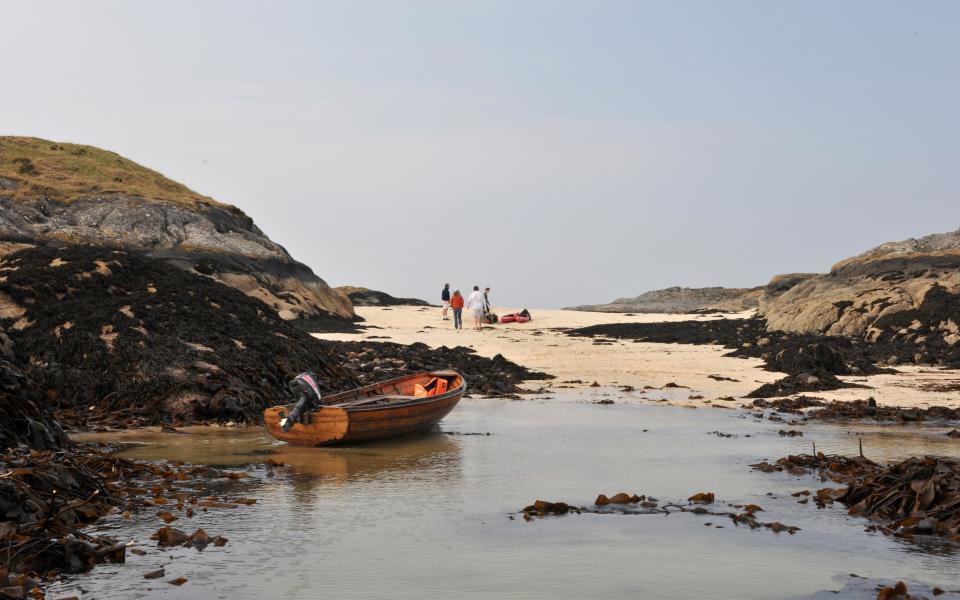
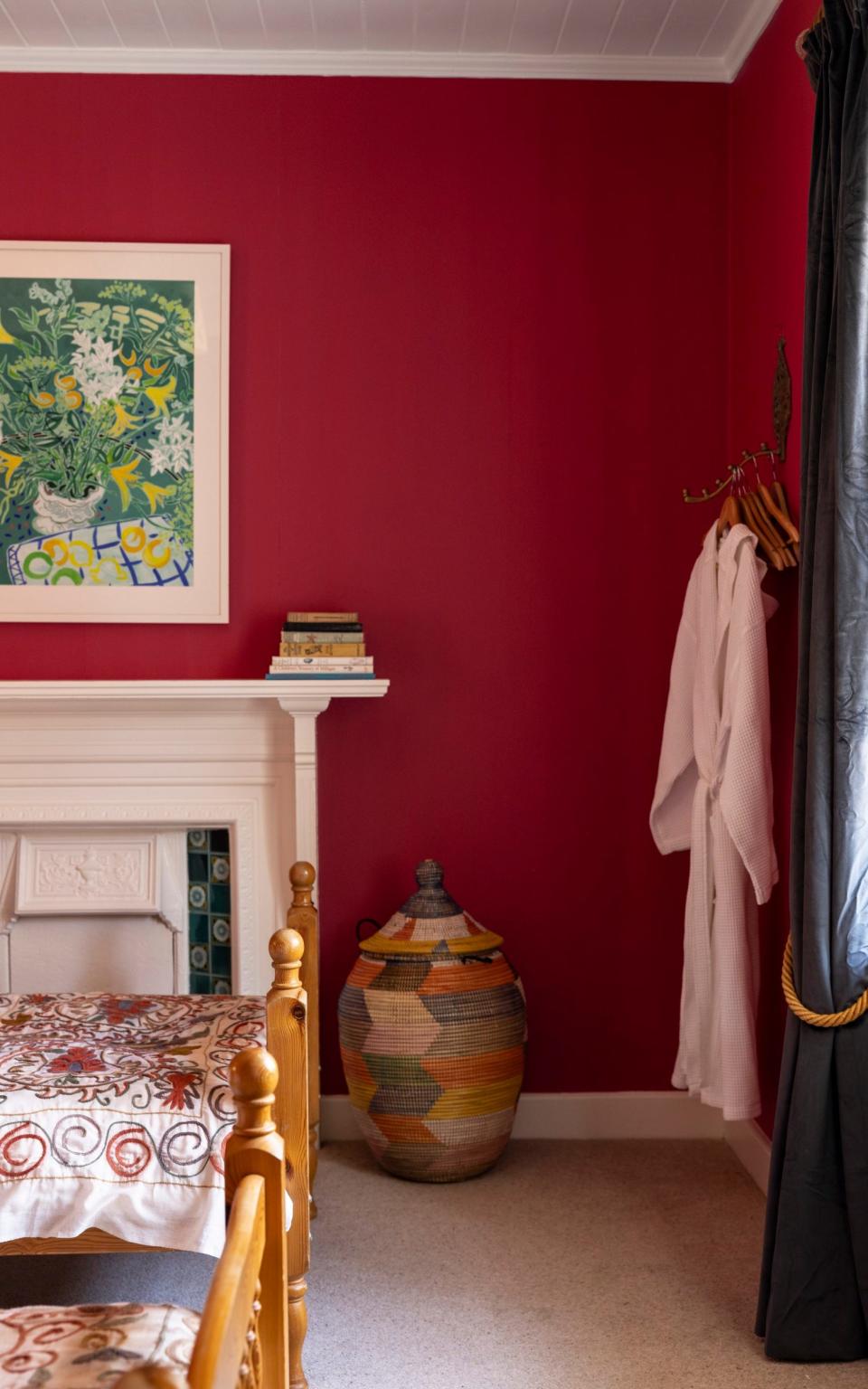
Povlsen, meanwhile, is Scotland’s richest man and largest private landowner, with 13 Highland estates in his Wildland portfolio. Championing holidays for the well-heeled on rewilded, community-focused land is the pitch – “a mission to make an active and meaningful contribution to the rebirth of Scotland’s living landscapes,” say Anders and his wife Anne – and they have amassed a glut of five-star pads you can rent to fuel this presumed regeneration.
In Sutherland, these include Strathmore Lodge, Lundies House and Kyle House plus Glenfeshie Lodge and Killiehuntly Farmhouse and Cottages in Cairngorms National Park. Topping the price list is 400-year-old Aldourie Castle on Loch Ness. The 500-acre, exclusive-use estate will set a party of 24 back about £24,000 for two nights.
And now, as of last week, there is Kirsty Young and her husband Nick Jones, the Soho House founder, who’ve been given planning permission to build a luxury timbered lodge on long-vacated Inchconnachan Island in Loch Lomond in the Trossachs National Park. They bought the island for £1.6 million in 2020 and, despite opposition from campaigners including Chris Packham and The Woodland Trust, the celebrity couple’s vision has been rubber-stamped.
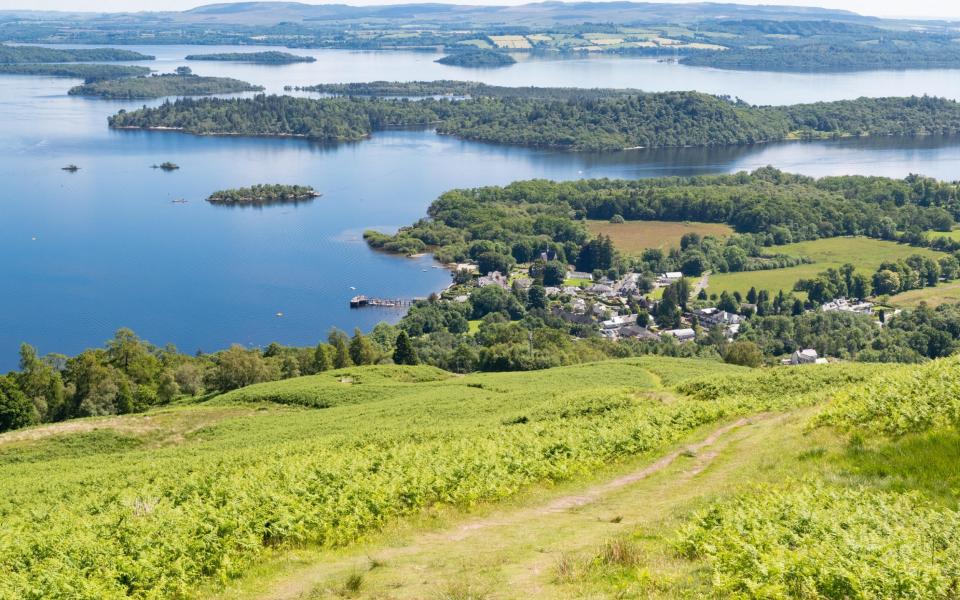
One day in the future, in addition to the holiday accommodation, a warden’s house, boathouse and pier could be added to the 103-acre island, which has been deserted for the best part of two decades. Or nearly deserted – for as long as anyone can remember, its inhabitants have included a population of red-necked wallabies, introduced in the 1940s.
Is this the kind of lateral thinking Highland tourism needs more of to evolve sustainably, rather than simply put more boots in the mud? If you ask me, perhaps it is. Few would argue tourism hasn’t made a vital contribution to life in the Highlands in the past few years – it helps sustain communities, creates jobs and attracts investment. And, crucially, for better or worse, the sector is growing at pace.
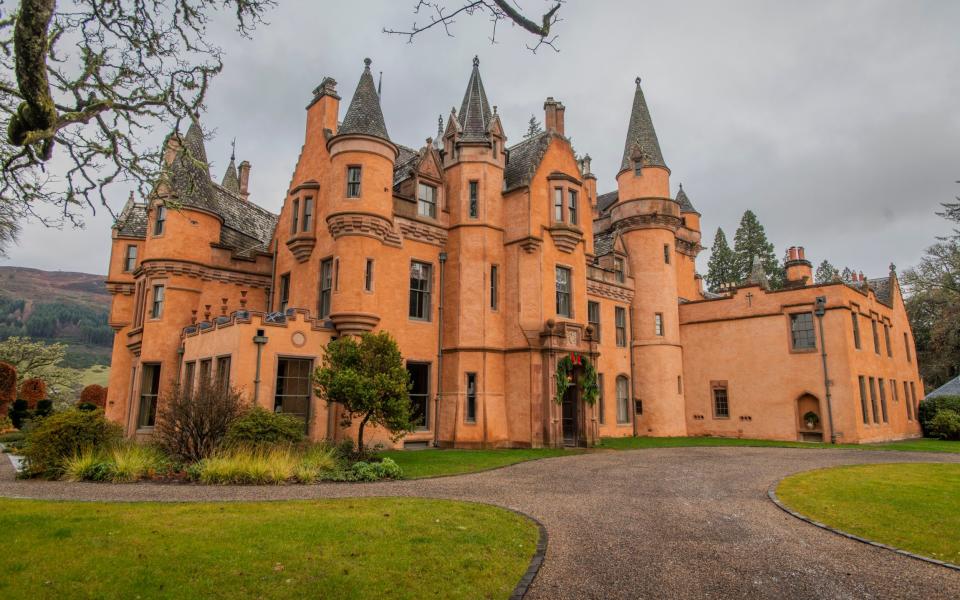
“Tourism in the Highlands is a 365-day-a-year industry – and one of Scotland’s most important,” said Chris Taylor, destination development director of Visit Scotland, the national tourism organisation. “In fact, in a survey of Scottish residents it was recognised as the most important. Our scenery and landscape are among the things that makes Scotland so special, but we all have a duty of care to preserve these natural assets for future generations.”
These days, the effects of buoyant tourism are evident everywhere in the Highlands. According to Visit Scotland, pre-Covid figures for the region show 2.9 million overnight visits and a total spend of £1.6 billion, while 2023 statistics from its recent International Passenger Survey showed visits to the country and spend greatly surpassed both 2022 and pre-pandemic levels. Moreover, Highlands and Islands Enterprise reported last year that tourism jobs now represent up to 43 per cent of the workforce in some areas.
Conversely, however, the Highland Council’s economy and infrastructure committee recently reported an increase in visitor pressures on popular Highland sites: the number of motorhomes in North West Sutherland, the Isle of Skye and East Lochaber jumped 50 per cent in 12 months from 2021; camping hotspots Durness, Assynt, Arisaig and Glen Etive have seen visitor numbers rocket; Loch Ness has a growing litter problem; and outdoor toilet violations have increased by a third. Squarely facing these concerns are plenty of others – file them under the good, the bad, the unsavoury.
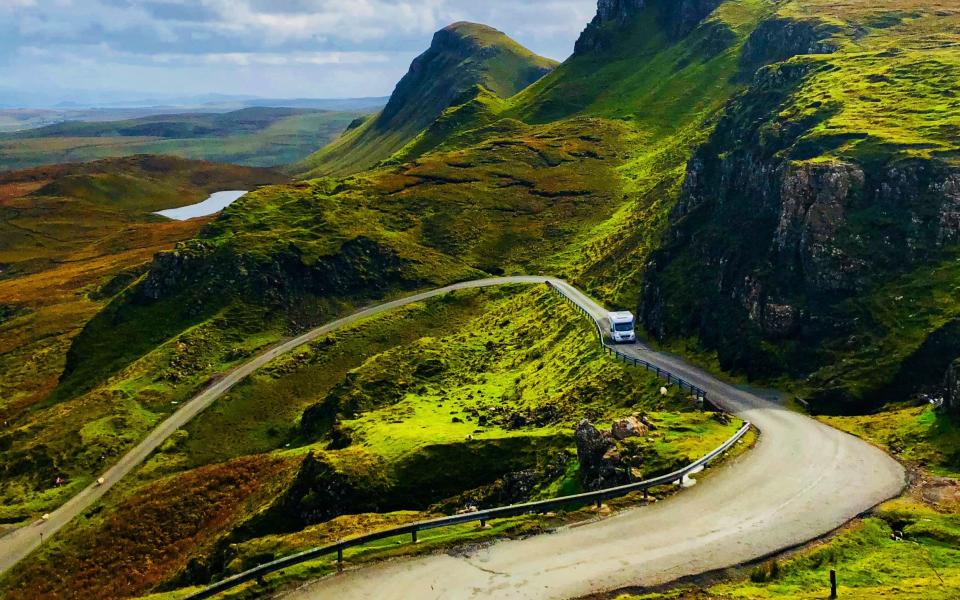
Arguably, this is to say the move to more finely-tuned ventures is welcome and an increase in innovative thinking – especially at a local, public engagement level – is necessary to support communities that rely on tourism most. Happily, the past year has been rife with positive examples of affordable inclusivity.
My favourite new opening this year is The Treehouses at Leckie, just nudging over the Highland Boundary in West Stirlingshire. The Scandi-smart design is as forward-thinking as any endeavour in the country, opening up a countryside nook few would have otherwise visited before. Here, the secret is nature as God intended in the company of red squirrels and deer, and your holiday is seen through the filter of four eco-friendly, luxury cabins on stilts.
Almost a mirror in terms of sense rather than setting is Croft 103 in Durness. Though not new, it raised eyebrows more than a dozen years ago when it unveiled two self-catering, carbon-negative cottages with outdoor bathtubs overlooking Loch Eriboll. And that was four years before the creation of the North Coast 500 scenic route that began to corral so many onto this habitually romanticised part of the Highlands.
Another virtuous arrival this year is Dundreggan Rewilding Centre, which opened in May 2023 in Glenmoriston as the world’s first rewilding centre. It makes everyone’s world bigger, whether stopping en route on the road from Inverness to the Isle of Skye, or while staying at An Spiris, its 20-bed accommodation basecamp for volunteers at its reforestation nursery. The glen provides escape and connection with community, but also serves notice, in a sort of existential way, that this is a delicate ecosystem in need of protection and respect. You only have to see the ark’s-worth of critters, birds and insects in action to start thinking about how to holiday differently in future.
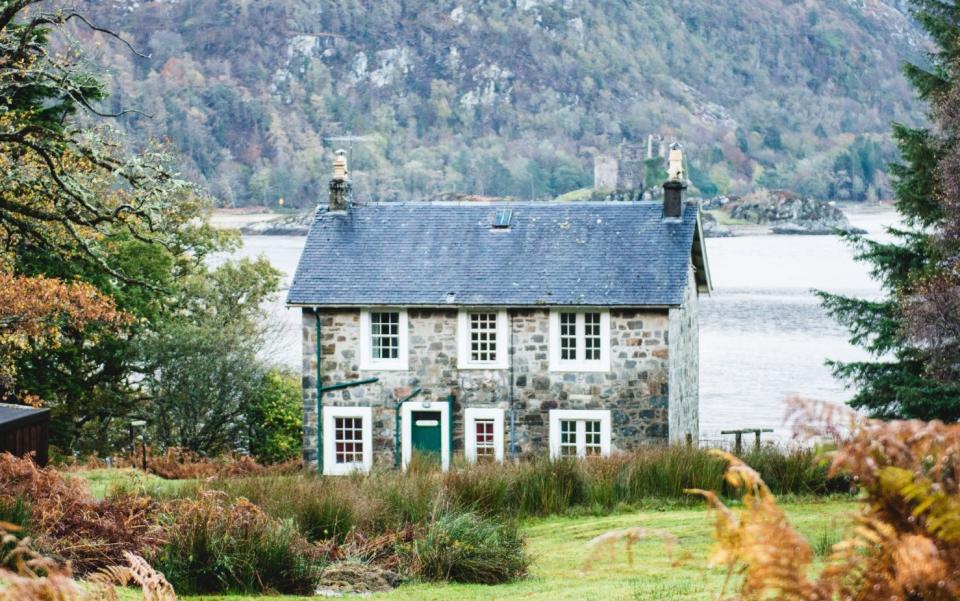
Or how about the new Gateway to Nature Centre at Corrieshalloch Gorge National Nature Reserve near Ullapool? The work it undertakes understands the global appeal of the Highlands’ landscape – the need to prise nature gently open for visitors – yet does so in a sensitive, low-impact way.My request is more places like this in future, please.
To stay nearby, the three-bed Dipping Lugger is a thoughtful restaurant with rooms in a converted harbourside manse now serving creel-caught langoustines landed metres away. Talk about a holy trinity.
So bring on Inchconnachan Island. Give us another Eilean Shona. One more Dundreggan, if it’s not too much bother, thank you very much. While new ideas and places can seem intimidating, they can also change mindsets and uproot what’s gone before. Tourism is a terrific teacher, if you ask me – and it’s never too late to start learning.


